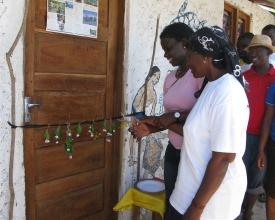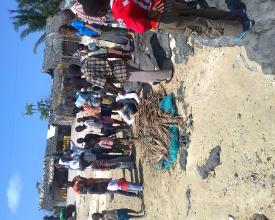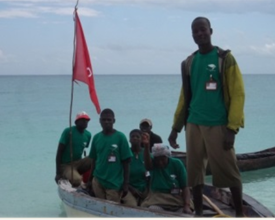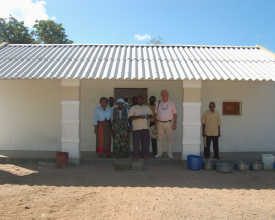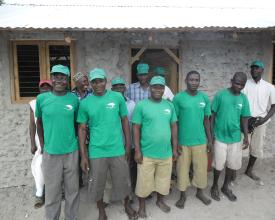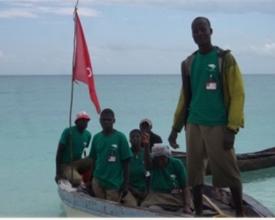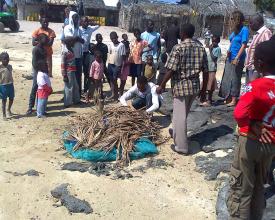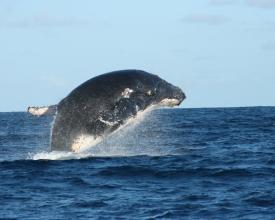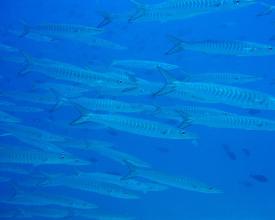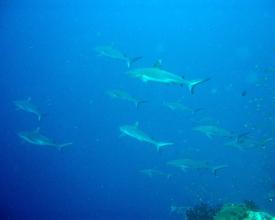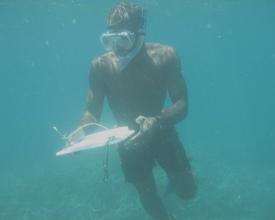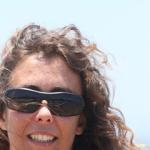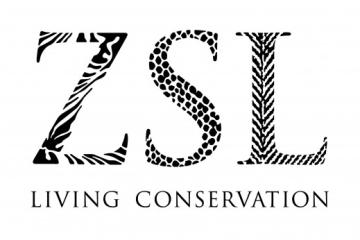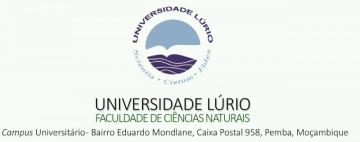
Ensuring marine protection through Locally Managed Marine Area at Vamizi island in Mozambique
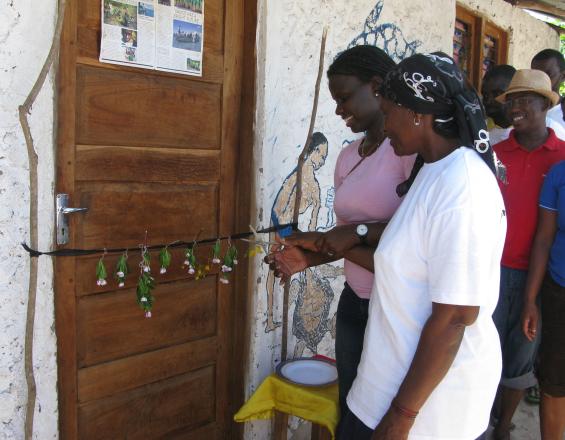
A unique partnership between a lodge, a university and the local communities (especially the CCP, Community Fishing Council), resulted in more than 12 years of protection of natural resources through the Locally Managed Marine Area (LMMA) of Vamizi Island, or as it is locally known: a sanctuary.
The solution focused on the mitigation of the two biggest problems of the local community: health and education. Supporting medical aid and capacity building for teachers of a local school were the “exchange currency” for starting an LMMA on the island. After initial mistrust, fishermen were persuaded to cooperate: 6 years later, fisheries around Vamizi improved and became significantly better than those in surrounding waters.
Vamizi Island is now famous for its LMMA, a place where taking turtles, mosquito net fishing and illegal scuba diving are banned. The LMMA has increased the fisher’s catch rates and can count on the Fisheries Council to control illegal fishing around it.
Context
Challenges addressed
- Extreme poverty and food insecurity
- Very remote location, leading to increased cultural, spatial and language segregation from the rest of Mozambique
- These factors contribute to a lack of livelihoods and conservation interventions.
Location
Process
Summary of the process
The Health&education (BB1) was the foundation for all the initial support of the community to the LMMA. After 6 years, the community saw the results (BB4) around the LMMA and outside Vamizi and they finally realized how important the LMMA is to the future of their livelihoods.
The remaining building blocks work together to create conditions, financially (BB2) and technically (BB3) that, when proper managed, generate strong community support. Most of the other LMMA’s around Vamizi failed because the external support for the LMMA finished and the communities didn’t have the means (boat and gasoline) to patrol the area or the legal support to proceed with fines or ways to continue monitoring of the LMMA. Vamizi having a lodge that provided support for the gasoline and the engine of the boat, made it possible for the CCP of Vamizi to continue to enforce the LMMA (BB2). Also, the fees that are charged to the tourists allow the CCP to do some more patrols. The technical support of the University (BB3) provides continued environmental education, legal support and biological monitoring allowing to the new members of the CCP and the community (most of Vamizi population are migrant fishermen) to be remembered of the importance of the CCP.
Building Blocks
Developing basic education and health facilities
Vamizi island in 2006 was more than 2 days away from the provincial hospital, a sailing trip of 6-12h from either of the district hospitals and 3-6h from the nearest health center. Obviously, health care was a major issue for the population. The health center with medical support and the patrol CCP boat used as an ambulance came to solve part of the basic health needs. There was no school in Vamizi when the tourism company started operating in 2003. First they supported the request of a teacher from the education department to Vamizi. Following that, the company raised the funds for the construction of a school in 2008. This was a major improvement to the children’s lives.
These two events, spearheaded by the tourism company, and later supported by the UniLúrio, were the foundation for the support of the communities to the LMMA.
Enabling factors
Donors interested in working together with the communities; willing to give a health center and a school in exchange of creating a protection zone provided with scientific support.
Lesson learned
All health& education efforts need to be coordinated with government to integrate the private efforts into the larger program of the government, to avoid that the village receives less or more than the government plans (notoriously better health& education can attract people to the area, and excess population can jeopardize the conservation effort and LMMA).
Sustainable financing for LMMA operations through tourism fee
Without sustained support, enforcement and prevention of the transgressions into the LMMA would have been impossible. The more famous the Vamizi LMMA was, the more pressure was increasing from people accessing the area. The continuous support in gasoline for the patrols and the maintenance of the CCP boat was crucial to the success of the LMMA. The fee collected from the tourist users of the LMMA is an extra reward for the maintenance of the LMMA and to the persons doing the patrols belonging to the CCP’s.
Enabling factors
Top tourism destination operating near the village, responsible and supportive of conservation and community actions
Lesson learned
Communication, communication and communication. Good actions can be badly interpreted. Communication in all phases of the project and with all of the intervenients is the key to good partnerships.
Locally-based organization providing sustainable technical support
The active engagement of UniLúrio in all the phases of the process, especially in the education and monitoring, was essential to keep the community involved. The local people don’t know reading or writing, and few know how to speak Portuguese (national language). Unilúrio obviously is the one keeping records and publishing the most important information related to the LMMA.
Enabling factors
Local University (UniLúrio) involved from the beginning with the LMMA monitoring, turtle conservation, fisheries monitoring and shark education.
Lesson learned
International organizations normally come and go. Unless the support is given through a local organization (UniLúrio) there is no stability to the technical support.
Resources
Conducting ecological monitoring
Monitoring was first put in place by ZSL, WWF and finally IUCN. The UniLúrio supported with different roles until now that it became the leading institution for monitoring and sharing of the results. “Against facts, there are no arguments” is a Portuguese saying, but better than facts are when people can see in fisheries and in diving the result of their efforts . Certainly seeing more and bigger fish coming out in their nets is the best argument for LMMA support.
Enabling factors
Progressively the community saw the results and became more supportive of the LMMA. Local government became proud of the LMMA which is now a show case.
Lesson learned
Results need to be discussed with everyone. Failures need to be addressed and fully discussed between all partners.
Impacts
The first positive reaction from the community was being proud of their clinic and school, finally they could go to a consultation without leaving the island and their children could study without leaving their home. A project for distributing meals in the school kept children attending classes. Grants for girls’ education are supporting the best female students and changing mentalities about girls’ education, changing people’s sentiment about it or at least making them discuss it. These first steps had a substantial impact on the village and made people more willing to accept tourism and the LMMA.
Meanwhile, the CCP developed artisanal buoys, to demarcate the LMMA, made of local materials to avoid theft. Now CCPs from the mainland come to see how they are built and are reproducing the system. . Other lodges are following in the steps of the Vamizi experience, supporting not only the patrols of the LMMAs, but also providing better education and health in remote locations.
Research shows that the number of species and individual fishes found there has increased, and so has the size and quantity of fish caught locally.
Overall Vamizi LMMA is a leading example of a successful cooperation between tourism, university and communities, but also an LMMA that is changing the lives of surrounding communities for the better.
Beneficiaries
Coastal fishing communities around Vamizi island
Sustainable Development Goals
Story
Vamizi Island is situated in the province of Cabo Delgado, district of Palma. Vamizi is home of a resident community since the Arabic period, with an estimated population of 533 people in 1999 and 1300 in 2011.
The mainland close to the island is one of the most remote and poor stretches of coastline in Mozambique, having been isolated during more than 30 years of civil war. It is also distant from the strategic centers of economic activity, which are located in the south of the country. Recently the 3rd largest reserves of natural gas in the world were discovered 58km from Vamizi and development is underway.
In 2006, a community sanctuary (LMMA) was created around the eastern side of the island,
extending 3km into the sea, with an area of about 10,000ha. This LMMA was created by the Vamizi CCP with the support of the lodge and is patrolled and managed by the CCP on behalf of the local community. The LMMA was created with the goal of designing an area where different marine species had the chance to fully complete their life cycles, guaranteeing the health of the ecosystem itself. The reefs around Vamizi are amongst the healthiest and most biodiverse in the Western Indian Ocean.
Studies highlight the importance of this LMMA, by demonstrating how the LMMA has not only benefited the area inside it, but also the adjacent areas. Research shows that the number of species and individual fishes found there has increased, and so has the size and quantity of fish caught locally.
The construction of the lodge started in 1998 and established tourism and conservation activities on the island. There has been a permanent research presence on Vamizi Island since 2006, when a turtle monitoring and research project was first established. Over the years, conservation activities have expanded through successful partnerships with leading marine experts from WCS, ZSL, CORDIO, WWF, and IUCN bringing expertise and providing access to an international network of conservation experts and partners.
The main support of Vamizi since 2008 has been UniLurio, a new state university, specializing in science and engineering based in the North of Mozambique. The Faculty of Natural Sciences gives support to the conservation and the communities providing a continuity that is lacking in the NGO’s projects.

